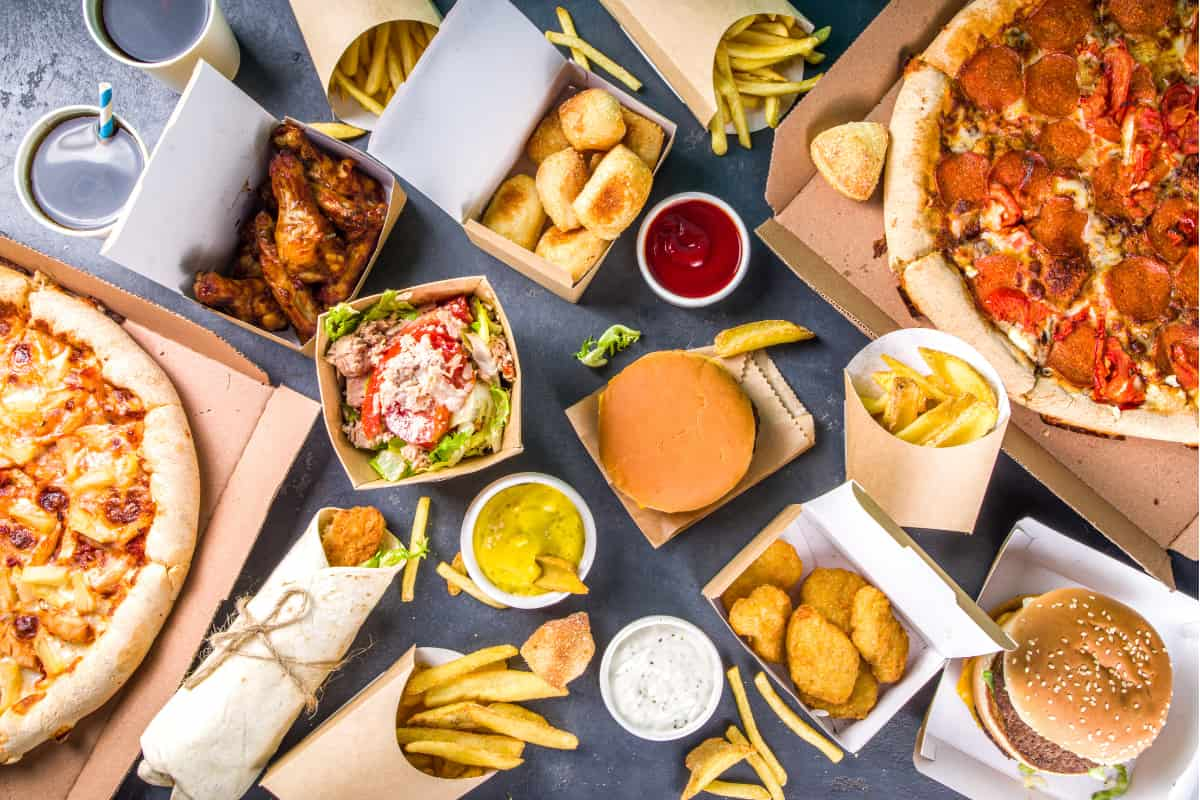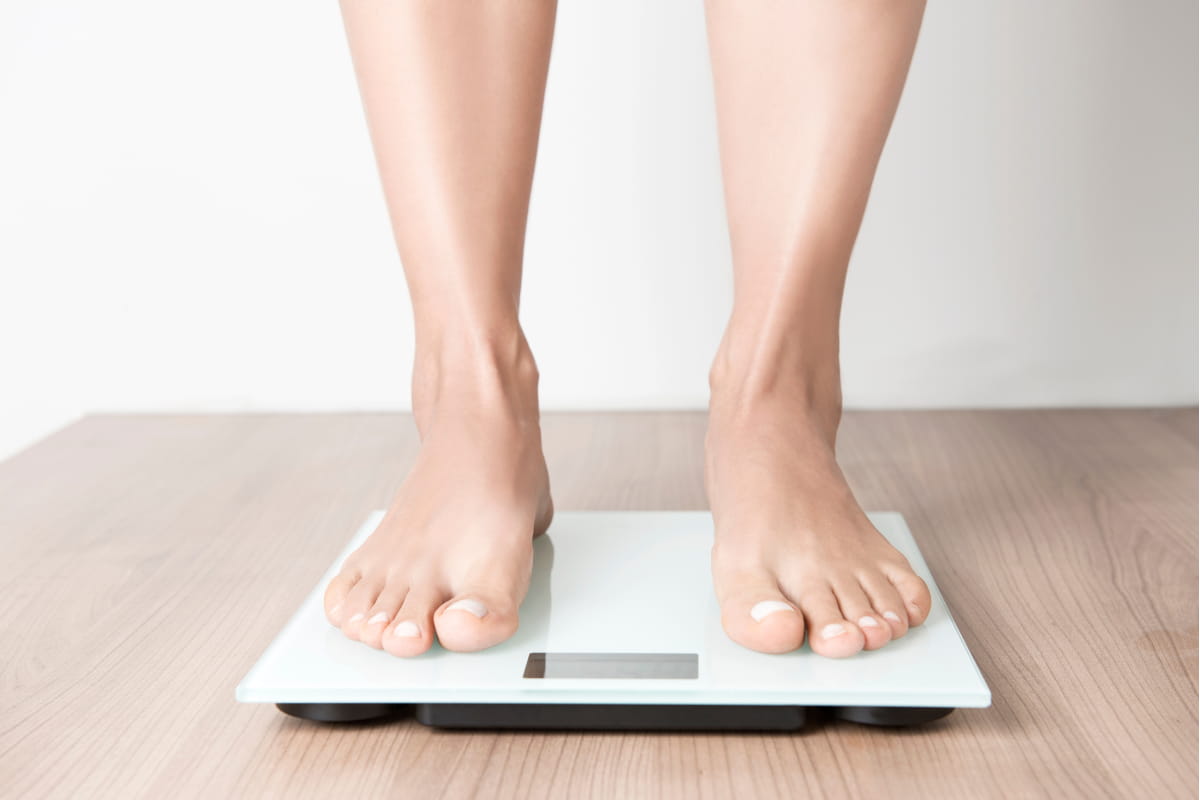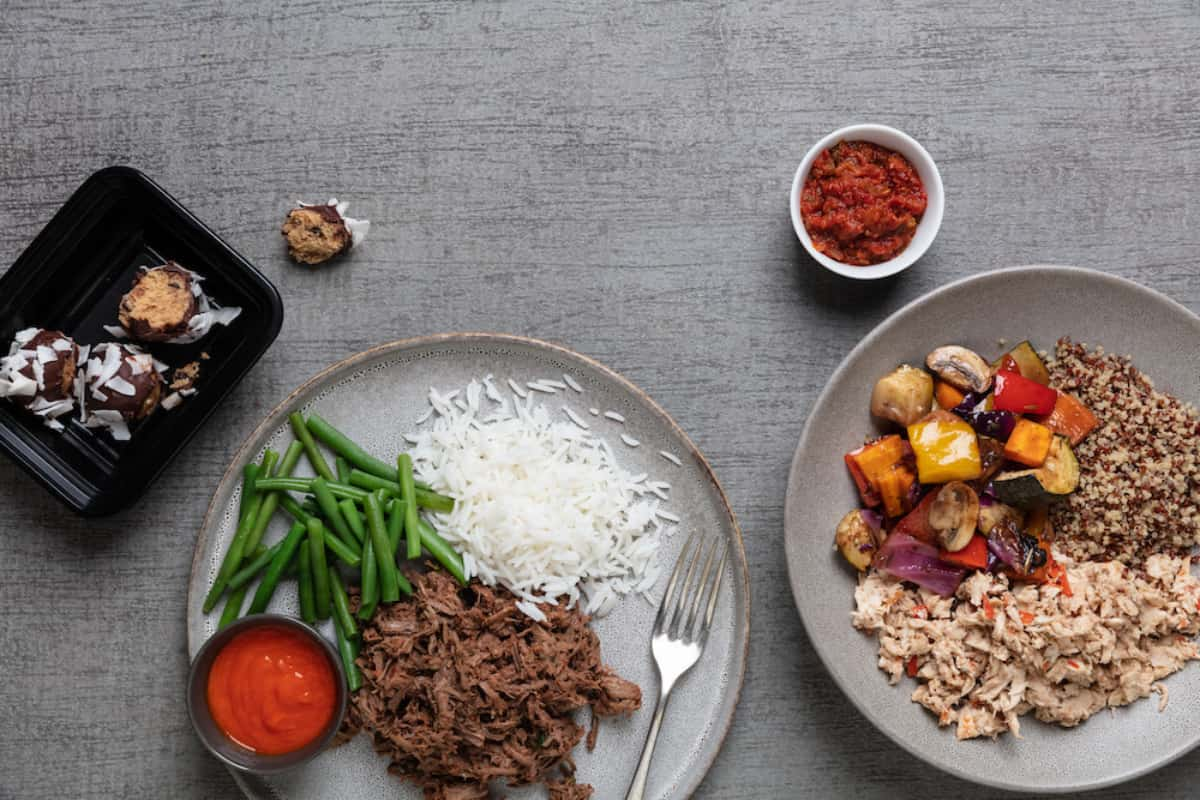The bulking phase is a typical part of the training regimen for athletes, where the primary goal is to gain muscle mass. However, according to sports medicine physicians, “it doesn’t need to be extreme to be beneficial.”
What is Bulking?

It is intentionally and strategically consuming enough calories to be in a caloric surplus to add muscle mass; usually coinciding with a higher volume and higher intensity weightlifting program. Bulking is divided into two major types: clean bulking and dirty bulking. Both utilise a calorie surplus but with key differences to them.
What is “Dirty Bulking?”

Dirty bulking is a no-holding-back approach to eating, allowing for a more relaxed diet. There is no real focus on a specific surplus, the major focus is getting as many calories in as possible, often including highly processed, calorie-dense, and less nutritious foods. It maximises calorie intake to support muscle growth, often at the expense of gaining more body fat; where people will aggressively go way over their normal calorie intake.
And we’re not talking an ice cream scoop after dinner here, it’s crepes and milkshakes for breakfast, footlong subs every hour with sodas and a party-size bag of crisps on the side.
Is Dirty Bulking Bad?

Consuming a surplus of calories without much regard for the nutritional quality of those calories will have disadvantages.
These include:
- Increased fat gain: the clearest downside to dirty bulking is that it creates more fat tissue than any other mass-gaining diet.
- Poor nutrient intake: due to its inclusion of processed foods, foods high in sugar, saturated fats and other unhealthy ingredients. This can lead to deficiencies in essential nutrients and negatively impact overall health.
- Potential health risks: A diet high in processed foods and unhealthy fats can increase the risk of various health issues, including heart disease, diabetes, and obesity. Not to mention stomach aches, low energy and low testosterone.
- Difficulty in cutting: After a dirty bulk, it can be challenging to transition to a calorie deficit to lose the excess fat gained. This can lead to a prolonged cutting phase and potentially loss of muscle mass, along with fat.
Can Dirty Bulking Cause Diabetes?
Consuming excessive amounts of calorie-dense, nutrient-poor foods, can contribute to the development of type 2 diabetes, especially when coupled with other risk factors such as genetics and obesity.
Here’s how:
- Weight gain: rapid weight gain, especially in the form of fat and around the abdominal area. This can lead to insulin resistance which can eventually lead to type 2 diabetes.
- Unhealthy choices: dirty bulking usually involves consuming large amounts of processed foods high in sugar, refined carbohydrates, and unhealthy fats. These choices can spike blood sugar levels which over time can lead to insulin resistance.
- Inflammation: a diet with these unhealthy food choices can contribute to chronic inflammation in the body, which is also associated with insulin resistance and an increased risk of developing diabetes.
While dirty bulking itself may not directly cause diabetes, it can certainly increase the risk by promoting rapid weight gain, insulin resistance, and unhealthy eating habits.
Can Dirty Bulking Cause Acne?

Several factors associated with dirty bulking may cause acne formation:
- Hormonal imbalance: rapid weight gain and excessive calorie intake associated with dirty bulking can disrupt hormone levels in the body like insulin, cortisol, and sex hormones. Hormone imbalances can influence sebum production, skin cell turnover, and inflammation, all factors involved in acne development.
- Nutrient deficiencies: a dirty bulk may lack essential nutrients like vitamins, minerals, and antioxidants, which are important for maintaining healthy skin.
- Inflammation: a diet high in processed foods, unhealthy fats, and sugars can promote inflammation in the body. Chronic inflammation is thought to play a role in the development of acne by increasing the production of inflammatory molecules that can contribute to clogged pores and acne lesions
Again, while dirty bulking may not be the sole reason behind acne, the dietary and lifestyle habits associated with this approach to gaining weight can exacerbate acne in susceptible individuals.
Benefits of Dirty Bulking

Some might defend this approach saying it provides:
- Convenience: dirty bulking often involves eating calorie-dense, easily accessible foods, such as fast food, processed snacks, and high-calorie desserts. For some people, this convenience makes it easier to meet their calorie goals without having to spend time preparing meals.
- Rapid weight gain: dirty bulking can lead to rapid weight gain, which may be desirable for individuals who struggle to put on weight or meet weight class requirements in sports. It can help them reach their desired size more quickly.
As much as we would have liked to eat anything we desire to be a legitimate route to a healthy body and improved athletic performance, that’s just not how it really is. For sure excess calories lead to weight gain, however where these calories are coming from is just as important, if not more important.
What is Clean Bulking?

Clean bulking is the healthier approach to gaining weight and muscle mass. The focus here is tracking caloric intake and maintaining as minimal a caloric surplus as possible to avoid excessive fat development.
Clean bulking emphasises quality nutrition prioritising nutrient-dense, whole foods, and a balanced diet. It’s a more sustainable approach compared to dirty bulking, which prioritises calorie surplus without much regard for food quality or health consequences.
Benefits of Clean Bulking

Clean bulking offers numerous benefits for individuals looking to build muscle mass while prioritizing health, performance, and long-term sustainability.
- Improved Body Composition: an increase in muscle mass and a reduction in body fat percentage results in a more toned, defined physique and improved muscle definition.
- Better overall health: since the focus is on nutrient-rich whole foods that provide the body with essential nutrients and support proper immune function, digestion, and metabolism. This diet that is rich in healthy foods is associated with a lower risk of chronic diseases such as obesity, diabetes, and heart disease.
- Enhanced performance: consuming a balanced diet rich in nutrient-dense foods provides the body with the energy and nutrients needed to support intense workouts and optimise athletic performance. Clean bulking can lead to improvements in strength, endurance, and recovery.
- Sustainable approach: Clean bulking promotes a sustainable approach to gaining muscle mass, as it focuses on long-term health and well-being rather than short-term gains at the expense of overall health.
That way individuals can achieve their muscle-building goals while maintaining optimal health and well-being.
How to Clean Bulk

Here’s a step-by-step guide on how to clean bulk effectively:
- Calculate your caloric needs: Determine your daily caloric needs based on factors such as age, gender, weight, height, activity level, and fitness goals. Use an online calculator to estimate your total daily energy expenditure (TDEE).
- Add a moderate caloric surplus: Aim for a modest caloric surplus of around 250-500 calories per day above your maintenance level.
- Proper Macronutrient distribution: 50% carbohydrates. And stick mostly to complex carbs, like leafy greens and fruits. 30% protein, mostly from lean sources like chicken, fish, beans, and eggs. 20% fat, focusing on unsaturated fat. Good fat sources include things like olive oil, avocados, nuts and seeds.
- Stay hydrated: Drink plenty of water to stay hydrated and support muscle function, recovery, and digestion. Aim for at least 8-10 glasses per day, or more if you’re exercising intensely.
- Prioritise recovery: Get adequate rest and recovery between workouts to allow your muscles to repair and grow. Aim for 7-9 hours of quality sleep per night and incorporate rest days into your training schedule to prevent overtraining and injury.
How much lean body mass is good?
Lean body mass (LBM) is a part of body composition that is defined as the difference between total body weight and body fat weight. This means that it counts the mass of all organs except body fat, including bones, muscles, blood, skin, and everything else.
The range of lean body mass considered to be healthy is around 70% – 90% with women being towards the lower end of the range and men higher. To calculate your lean body mass, the clearest way is to weigh yourself on a body composition monitor which will measure your body fat percentage; if your body fat percentage is 27%, your lean body mass will be 73%.
You can also use online calculators like: https://www.calculator.net/lean-body-mass-calculator.html
How much should I eat to bulk?
To bulk up, you need to calculate your TDEE (total daily energy expenditure). Your total daily energy expenditure (TDEE) is how many calories you burn daily.
This depends on several factors like:
- Age
- Gender
- Height
- Weight & body composition
- Physical activity level
You put this information into Mifflin St Jeor equation which, based on studies, provides a close estimate of true BMR (basal metabolic rate).
The equations for males and females are:
Men: (10 × weight in kg) + (6.25 × height in cm) – (5 × age in years) + 5
Women: (10 × weight in kg) + (6.25 × height in cm) – (5 × age in years) – 161
Your TDEE takes your activity level into account by multiplying your BMR value by an activity multiplier. This is true even for those with a sedentary lifestyle.
| Activity Level | Number | Description |
| Sedentary | 1.2 | People who work desk jobs and engage in very little exercise or chores. |
| Lightly active | 1.375 | People who do chores and go on long walks/engage in exercise at least 1 to 3 days a week. |
| Moderately active | 1.55 | People who move a lot during the day and work out (moderate effort) at least 3 to 5 days a week. |
| Very active | 1.725 | People who play sports or engage in vigorous exercise on most days. |
| Extra active | 1.9 | People who do intense workouts 6 to 7 days a week with work that demands physical activity. |
Lastly, you add 200-500kcal to create a surplus.
Now let’s say I want to clean bulk. I start by:
Calculating my BMR: (10 × 52) + (6.25 × 164) – (5 × 25) – 161 = 1,259kcal
I then multiply it with the appropriate activity factor level to get my TDEE: 1,259kcal x 1.55 = 1,951kcal
Lastly, I add 500kcal to create a surplus: 1,951kcal + 500kcal = 2,451kcal to gain 0.45kg over a week.
Diet for Bulking

A clean bulking eating plan focuses on consuming nutrient-dense foods that support muscle growth while minimising fat gain and promoting overall health.
- Prioritize lean protein like chicken breast, salmon, turkey, and eggs.
- Add some complex carbs like brown rice, quinoa, and sweet potato.
- Add healthy fats such as olive oil, nuts, and avocados.
A Sample Clean Bulk Eating Plan:
- Breakfast: whole eggs scrambled with spinach
- Snacks: Greek yogurt with a handful of mixed berries, 1 serving of cottage cheese with sliced fruits
- Lunch: Grilled chicken breast/ fish/ steak with brown rice and steamed vegetables
- Dinner: Turkey or tuna in a whole grain wrap with lettuce, tomato, and avocado
Adjust portion sizes and macronutrient ratios based on your individual caloric needs, preferences, and dietary restrictions.
Clean bulking is a smart approach to building lean mass. It focuses on consuming nutrient-dense, whole foods and can also focus on consuming the proper calorie surplus to maximize muscle gain while minimizing adding body fat. Pick the clean bulk. It’s healthier, cheaper, and arguably just as effective as a dirty bulk for developing muscle mass.
The dirty bulk should be reserved for cases where an exerciser is underweight and isn’t very worried about packing on too much fat during their bulking phase.




Leave a reply